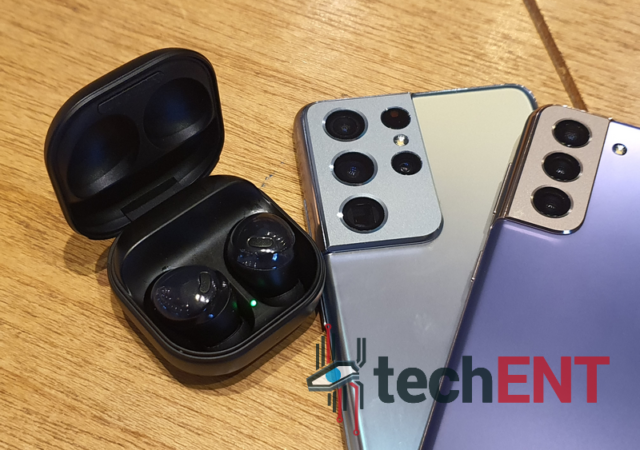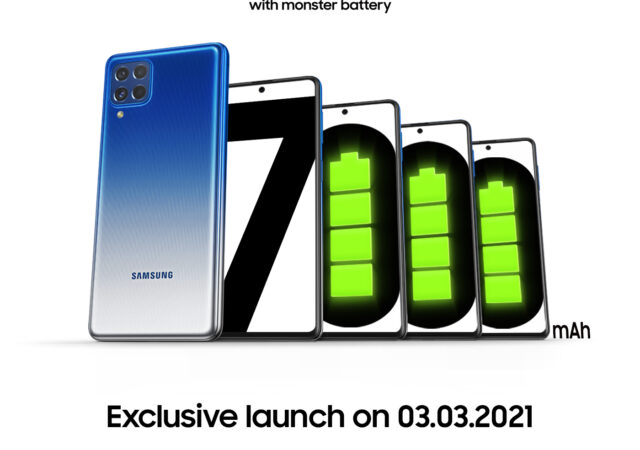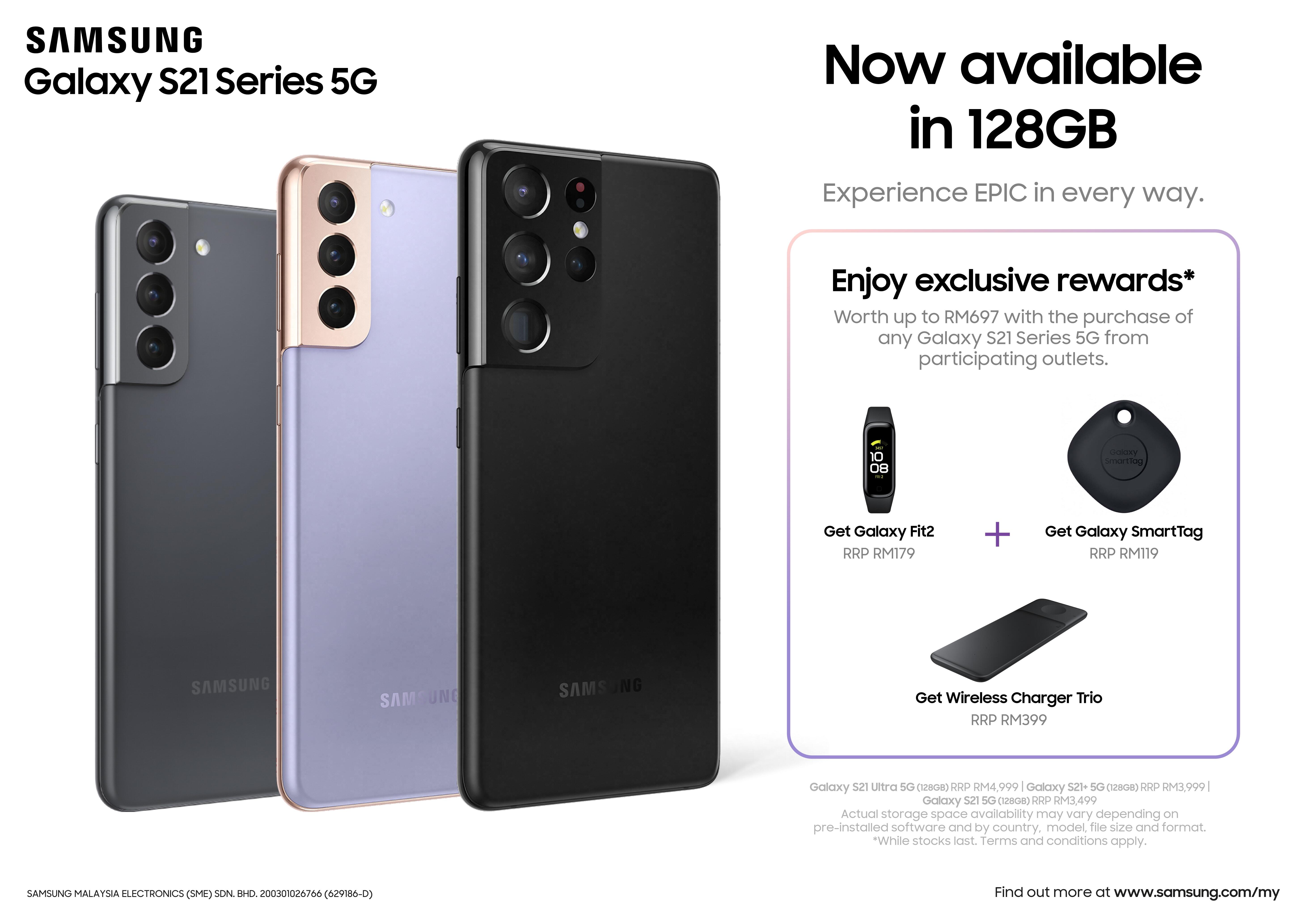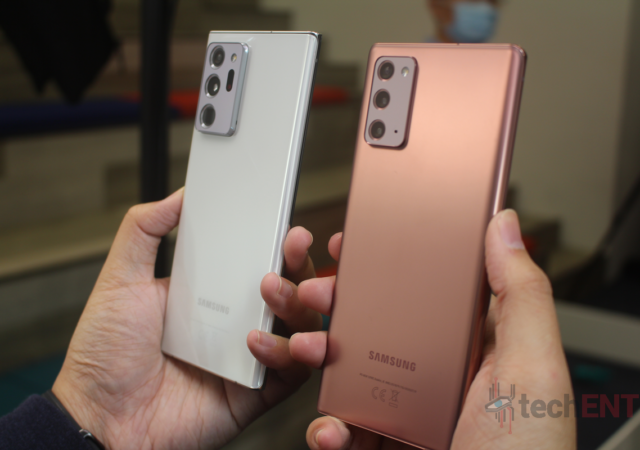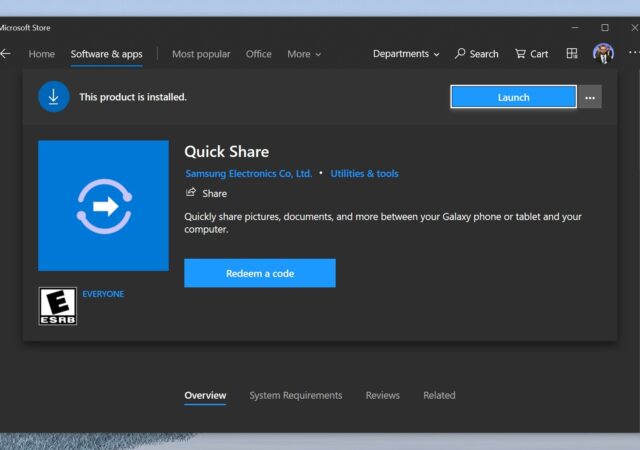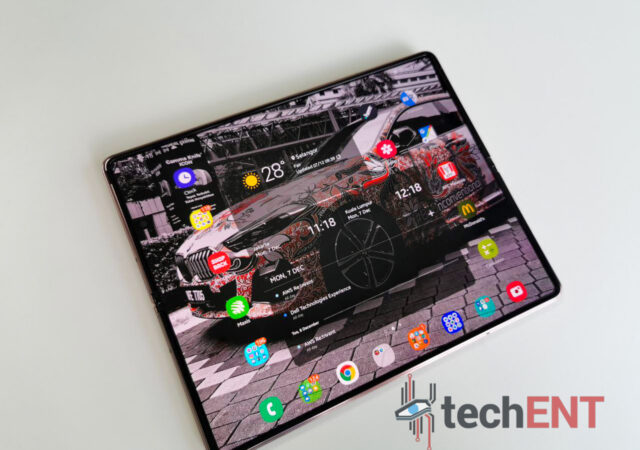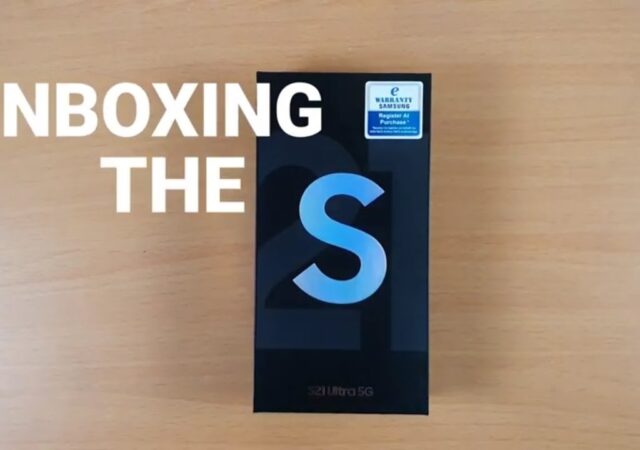Samsung’s Galaxy Buds Pro is the company’s latest offering when it comes to true wireless earbuds. How does it fair? Find out in our review.
A Deep Dive into One UI’s Design
The designers at Samsung give us a look into the ethos of One UI’s latest update and how it will shape the user experience for Galaxy Devices.
Samsung Galaxy M62 Launches in Malaysia with 7,000 mAh Battery – Bigger is Better
Samsung launches the MYR 1,999 Galaxy M62 packing a monstrous 7,000mAh battery exclusively on Lazada on March 3, 2021.
Samsung Galaxy S21 Series Gets 128GB Version in Malaysia
A month after the introduction of their new flagship series: the Galaxy S21, Samsung is adding new options to their lineup. The Galaxy S21, S21+, and S21 Ultra are getting an additional 128GB version on top of the 256GB and…
Samsung Ups Its Commitment to Security with 4 Years of Support for Devices
Samsung commits to providing updates to their devices beyond Google’s Andorid OEM requirements.
Samsung Smartwatches Joining the Wear OS Family?
Samsung’s Smartwatches may be joining the Google Wear OS family with the new Galaxy Watch.
[Video] Samsung Galaxy S21 Review
Samsung’s Galaxy S21 is put through the rigours of the techENT review. How did it perform? Find out in our review video!
Samsung’s Quick Share Coming to Windows 10
If there’s been one feature that Apple has had that gives it an edge over Android and Windows users – it would be the seamless connectivity between its mobile and computing ecosystems. However, it looks like that is about to…
The Samsung Galaxy Z Fold2 In-Depth Review – Unfolding New Possibilities
Welcome to the 2004 Nokia 9110 Communicator. This device harks back to a simpler time where mobile phones did not have coloured displays. The green hued colourless displayed was more related to an 8-bit animation console of the time than…
Unboxing the Samsung Galaxy S21 Ultra in Phantom Silver
Join techENT as we take a look at what comes in the box with the Samsung Galaxy S21 Ultra! We’ve got our hands on the Phantom Silver version.



